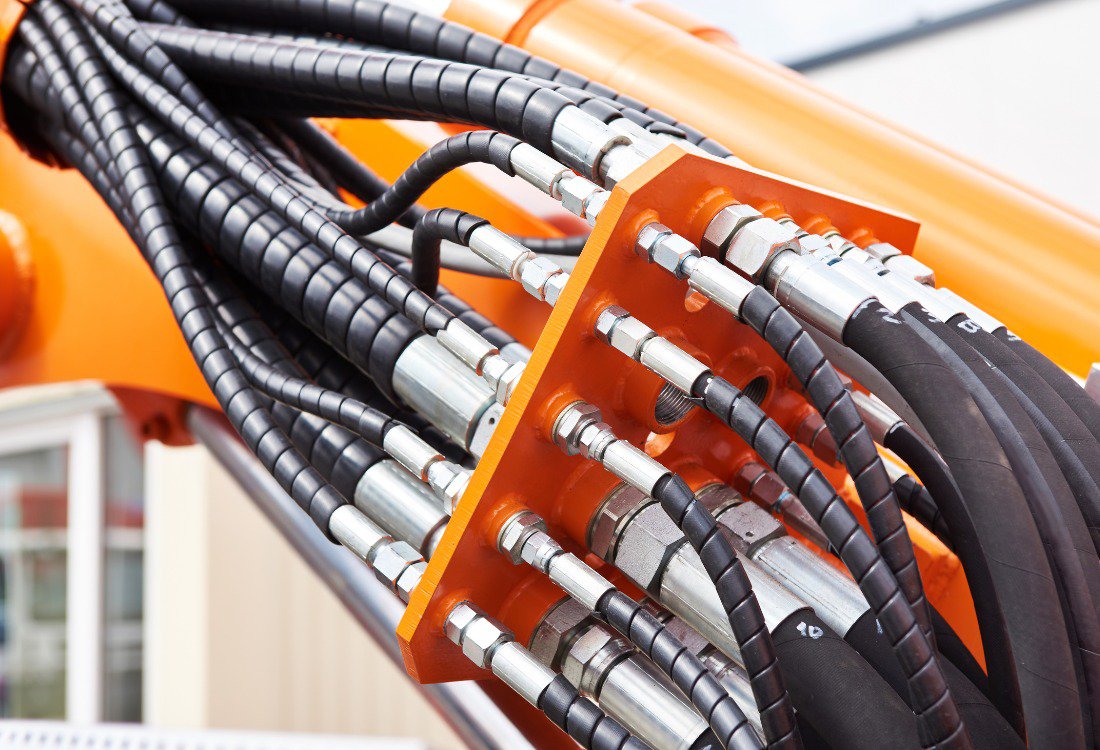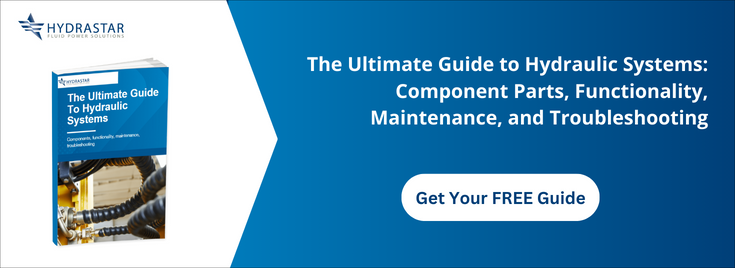For a manufacturer trying to make the most of a constrained layout or limited space, there is only one thing better than a hydraulic power unit – a compact power unit. Compact hydraulic power units are a transformative approach to space utilisation that is reshaping the way that many engineers approach the use of fluid power systems in industrial automation and mobile machinery. Compact hydraulic power units provide a smaller footprint than larger units without compromising on performance. Read on as we explore the uses and applications of these innovative systems.
Why Space Efficient Solutions Have Never Been More Important
In a manufacturing facility, every square metre of floor space is precious, and even more so now that production demands are generally increasing in many sectors, and commercial property costs are high in China and other leading manufacturing regions. Traditional hydraulic power systems, with their extensive piping networks and bulky components, often don’t align with the spatial realities faced by modern manufacturing businesses. Compact power units are designed to address this paradigm, integrating essential hydraulic components such as pumps, electric motors, reservoirs, valves, and fittings, within a single streamlined housing framework. This avoids the need to separate component mounting and reduces the need for extensive interconnecting pipework, and when paired with flexible conduits such as Festo tubes, system routing becomes both simpler and more secure.
However, space isn’t the only factor at play in the development of compact power units. Modern industrial automation systems often require units that can be rapidly redeployed, reconfigured, and re-integrated within different infrastructure setups. Compact units deliver on all these requirements while giving engineers the versatility and power they need to drive critical applications.
Design Innovation Drives Performance
What sets modern compact power units apart from some of the earlier attempts is their sophisticated engineering approach. In some compact designs, for instance, the motor shaft of the electric motor doubles as the pump shaft, avoiding the need for coupling components and minimising mechanical complexity, as well as significantly reducing the overall footprint. If ‘Zen And The Art Of Motorcycle Maintenance’ had been about fluid power systems, it would have been talking about systems like these.
Compact power units can also be designed as modular systems, allowing engineers to customise their configurations based on specific application requirements, without the need to over engineer or under specify a system.
Protective Accessories And Safeguards For Constrained Applications
The drawback of a compact footprint for a hydraulic solution is the proximity of different components to each other. When you add vibrations, heat, and variable loads into the mix, you increase the risk of friction, abrasion, accidental damage, and critical components coming loose, as well as the chance of downstream damage when faults occur in specific components. This is why the use of protective accessories such as hose spiral guards and hose spring guards have become an industry best practice when implementing compact power units. These components help to safeguard hydraulic hoses against abrasion and impact damage in dense installations, maintaining system durability even in the tightest equipment layout.
Temperature management to avoid overheating remains a persistent challenge in compact designs. However, this is now being addressed in some systems by intelligent thermal management systems. These include integrated air or liquid cooling systems to dissipate heat more efficiently and maintain a consistent operating temperature. Meanwhile, thermal sensors are often embedded within the system itself to continuously track fluid and component temperatures so that they remain within safe operating ranges.
These allow the system to adjust cooling intensity automatically based on the latest temperature data, e.g. activating fans or pumps when necessary to maintain the optimal temperature. Optimised internal fluid routing is another good way of minimising excess heat and improving heat dissipation in compact designs, reducing hotspots and encouraging even temperature distribution throughout the unit.
What Next?
As suppliers and distributers to some of the world’s leading fluid power manufacturers, HydraStar can help you specify a high-performance compact power unit that delivers consistent results for your application. To find out more, please contact one of our team today by clicking here, or by calling 01353 721704.
Image source: Canva


